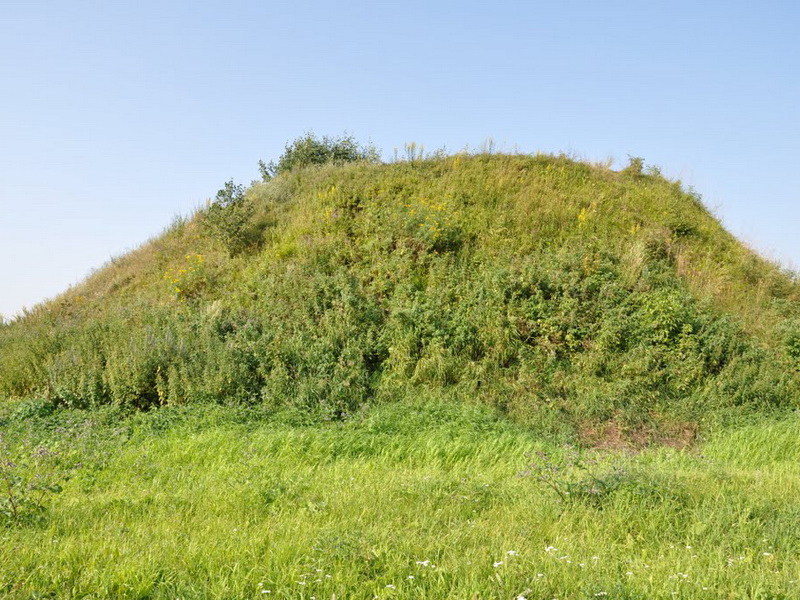History of Research
The burial site was first discovered and studied in 1890 by V. Z. Zavitnevich, who documented over 600 burial mounds in the area and conducted excavations on 26 of them. Since 2003, the Mokhovsky Complex has been studied by an archaeological expedition led by O. A. Makushnikov. During the research, more than 20 burial mounds were excavated, along with partial studies of the settlement and the townsite.
The Mokhovsky Burial Ground, along with the townsite and settlement, is part of an archaeological complex associated with the formation of the Ancient Rus' state in southeastern Belarus. The total area of the site is approximately 25 hectares. By the late 19th century, more than 600 burial mounds had been recorded, of which over 300 have survived to the present day.
The burial rituals at the site exhibit significant diversity. Cremations account for up to 38% of the burials. Among inhumation burials, both the traditional western orientation of the deceased and eastern and northern orientations (typical for Finno-Ugric populations) have been recorded. Most of the burials date from the second half of the 10th century to the first half of the 11th century.
The materials found at the burial site show clear northern influences. Several burial mounds feature stone enclosures characteristic of Northern Europe and Scandinavia. Among the artifacts, items of Krivich, Baltic, and Baltic-Finnic origin have been discovered, as well as weapons (axes, spears) and objects typical of trade and craft centers and warrior culture (scales, weights, belt plaques). At the same time, elements of the local Radimich and Dregovich cultures are almost entirely absent.
